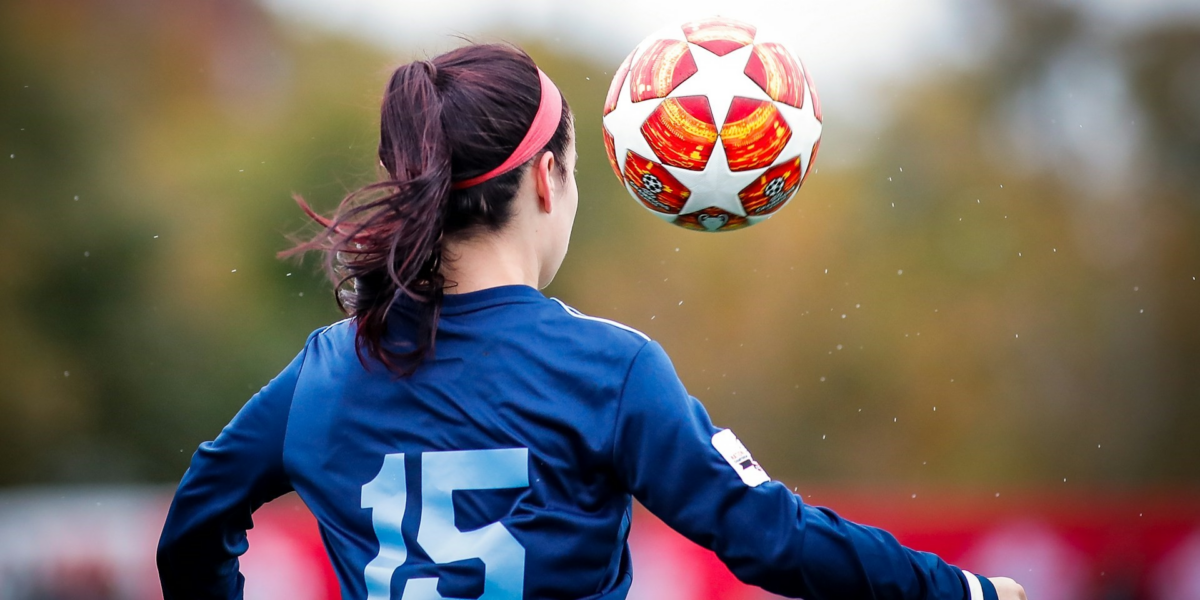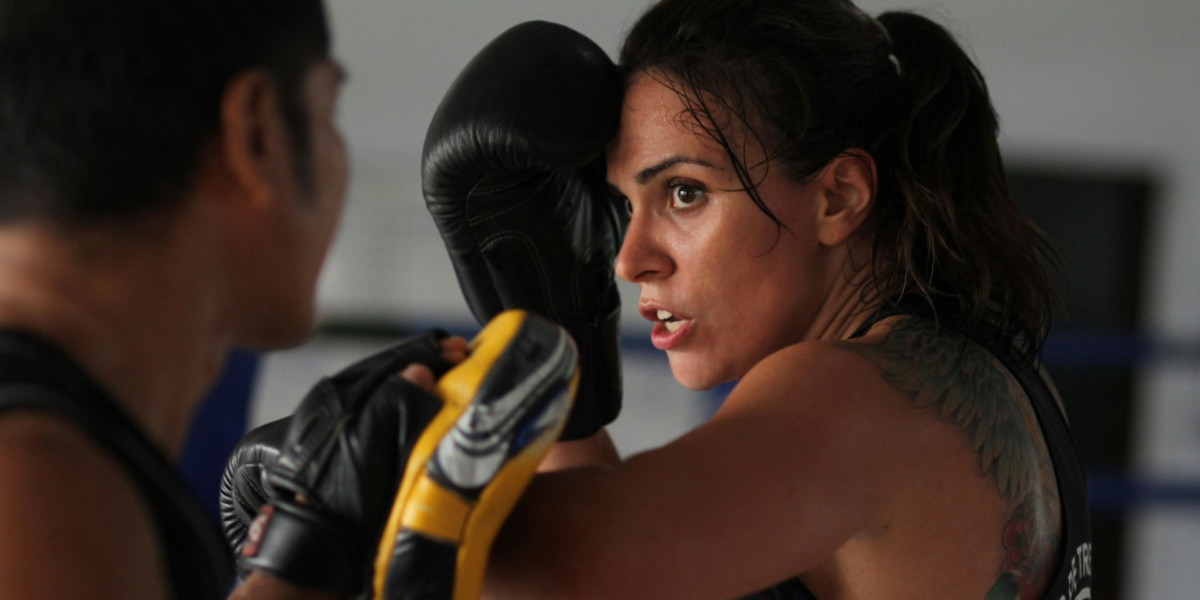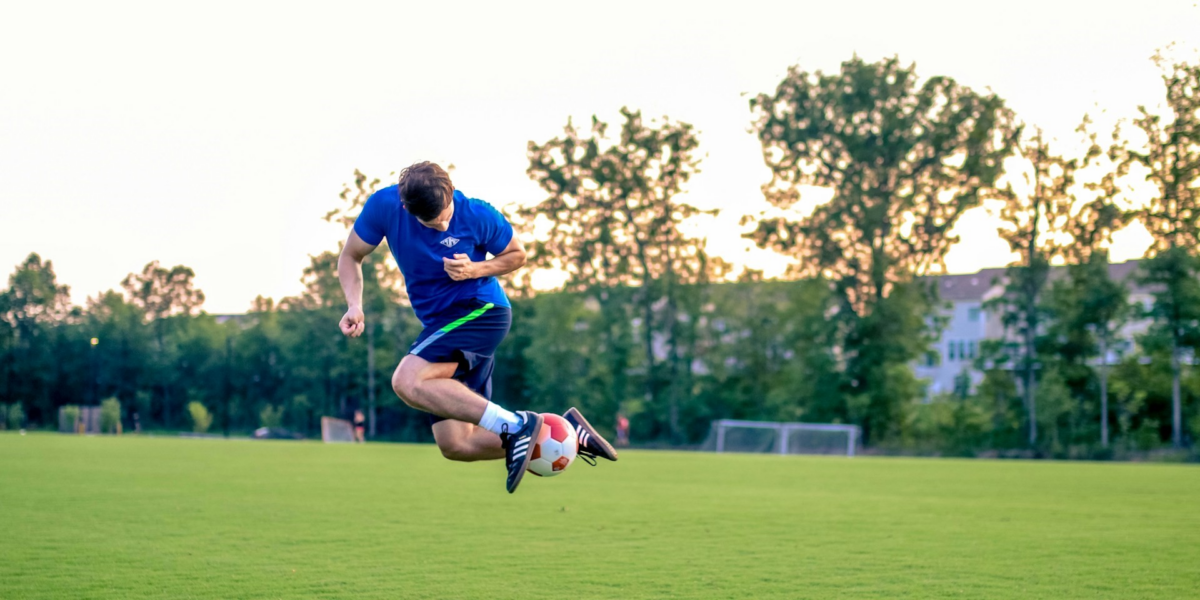Inclusive Representation: A Call for Equality in Sports
Athletes as Advocates
In recent times, athletes have become powerful advocates for diversity and inclusivity within the realm of sports. Beyond the courts and fields where they showcase their physical prowess, these individuals are using their platforms to champion the cause of equal opportunities and representation for individuals of all backgrounds and identities.
Breaking Barriers
The push for inclusive representation marks a significant shift in the landscape of sports. Athletes, once confined to their roles as competitors, are now breaking through barriers to address broader societal issues. This evolution is not merely about the games they play but extends to the impact they can have on fostering a more inclusive world.
In this quest for equitable opportunities, athletes are challenging the status quo. They are unveiling the disparities that exist within sports, shedding light on the systemic hurdles faced by individuals from marginalized communities. This ever-evolving narrative is reshaping the way we perceive sports, transcending the boundaries of mere competition.
A Contrarian Perspective
While some may argue that sports should remain apolitical and focused solely on athleticism, the reality is that athletes are not siloed entities. They are members of society with the capacity to influence change. To disregard their advocacy for inclusivity is to ignore the potential sports have in shaping cultural norms.
The contrarian perspective asserts that athletes should stick to their respective fields and not delve into societal matters. However, this viewpoint fails to recognize the interconnectedness of sports and society. By addressing issues of diversity and inclusivity, athletes contribute to a more comprehensive and nuanced understanding of the world we live in.
A Call to Action
In the pursuit of inclusive representation, athletes are not merely passive voices. They actively engage with initiatives and organizations that promote diversity and equal opportunities. From advocating for gender equality to championing LGBTQ+ rights, athletes are using their influence to amplify the voices of those often marginalized within the sporting community.
This call to action goes beyond symbolic gestures. Athletes are partnering with organizations that align with their values, participating in outreach programs, and using their influence to challenge discriminatory practices within sports institutions. The momentum they generate is transforming the sporting landscape into a more inclusive and welcoming environment for all.
The Summarized Impact
In summary, the movement towards inclusive representation in sports is gaining momentum, with athletes at the forefront of this transformative journey. Breaking away from traditional roles, athletes are becoming advocates for diversity and equal opportunities. Despite contrarian perspectives, their activism is an essential catalyst for positive change. The call to action is not a mere slogan but a tangible commitment to reshaping the narrative of sports towards a more inclusive and representative future.













